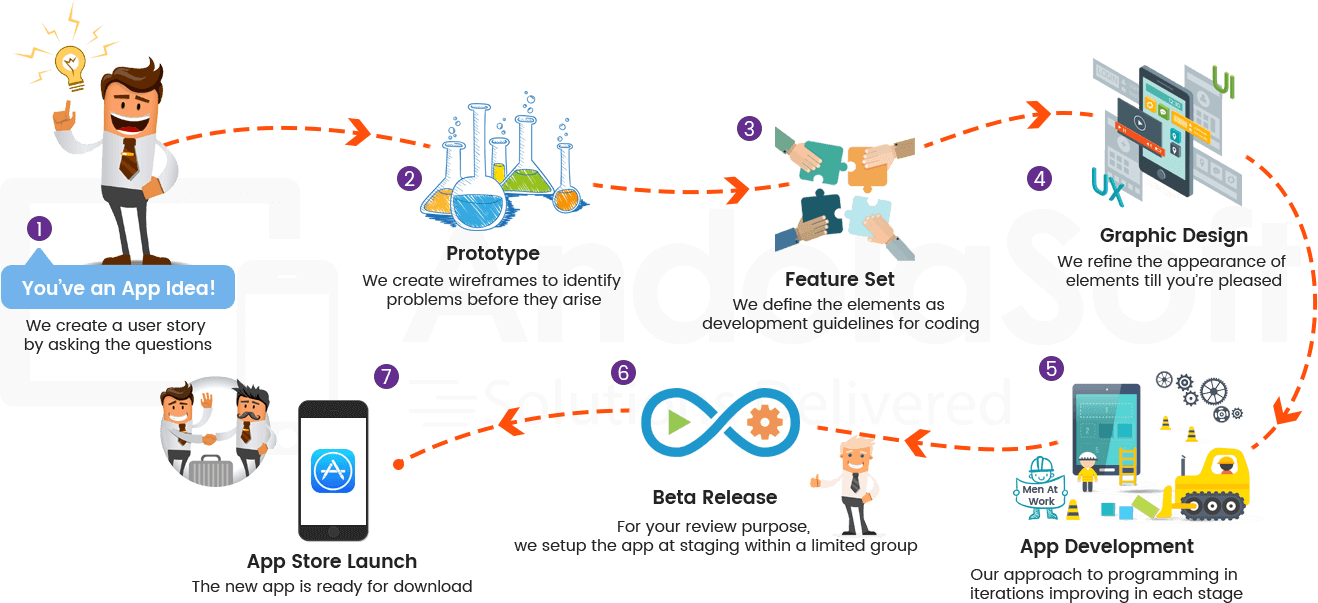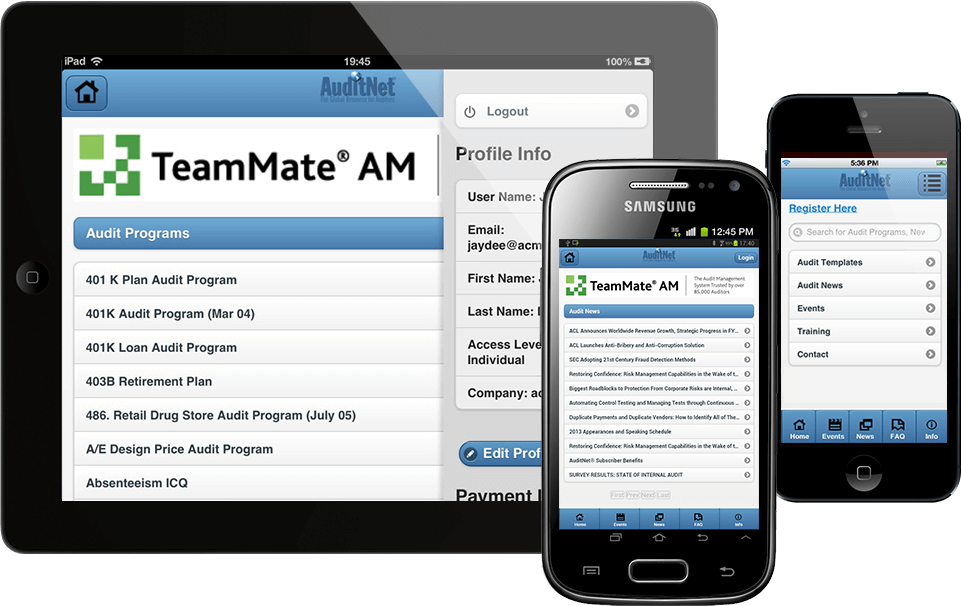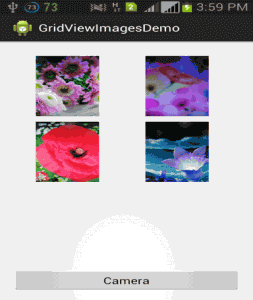You have finally built a mobile app of your own! You really love your app icon and design, and it works perfectly on all of the devices that you tested it on. You found a competition-free and unexplored niche.
There is just one problem (and unfortunately, it’s a major one): your app isn’t being downloaded by anyone.
If this is the case, then you have encountered the same problem that numerous app developers encounter after their apps have been published.
Don’t get discouraged – if you would like the entire world to use your mobile app – you can make this happen.
You can start making some real money after you begin getting downloads.
It just takes the right knowledge and some effort in order to get attention for your app from the masses. In order to learn all of the best ways for increasing mobile app downloads, first, you have to understand how people download apps.
Let’s discuss some essential mobile application development language.
Most likely you have a basic understanding of what search engine optimization (SEO) is. But do you know about app store optimization (ASO)?
In terms of your app’s success, they are quite similar, but ASO has an even bigger impact on your app’s listing than SEO does for Google’s search results. In addition, ASO specifically increases your app’s visibility in the market. The higher its rank is, the more people will be able to find your app when doing a search.
After your app has been found by a user, ASO helps to determine as well whether or not the person will download your app. Your ASO is affected by a number of different factors:
Positive Reviews – A mobile app with more positive reviews will have a higher rating. When an app is highly rated by users, it will be ranked highly also, which will increase the number of downloads the app gets.
App Downloads – The higher the number of downloads your app gets, the more it will receive. To rank highly, the goal of an app published should be to get steady amounts of downloads.
Keyword Relevance – Apps that have popular keywords in the description and title will get more downloads.
Revenue – Apps that have a good revenue generation record will receive more visibility in the app store.
Country – Your ranking for a region might be influenced by regional success. There can be a snowball effect when your rankings are boosted in multiple regions.
Back links – Your app rankings can be improved if you have back links points to numerous relevant pages.
Social Proof – The popularity of your app across various social media platforms may affect its rankings in the app store – particularly on Androids. Google+ shares and +1’s can determine whether your app is ignored or noticed by users.
App Starts – How many times your app is actually opened by users can impact your ranking significantly.
Retention – Your rankings can be affected by how many people keep your app for 30 days vs. how many uninstall it. Your app description should be catered heavily towards your target audience in order to ensure retention.
When all of the above is taken into account, it can change how the general public perceives your mobile app dramatically, and how the app store algorithms treat it.
Now that you better understand the fate of your app after it has been published, we can take a more detailed look at some of the best ways to increase downloads of your app.
Get an Enticing App Icon Created
The first thing that somebody will see inside of the app store is your app icon, so your chosen design is crucial to your success. When users are scrolling through an app store, your icon should pop out and be recognizable and eye-catching.
Be sure that the design you use clearly represents your app. It needs to provide a clear idea of what users will get after they have installed your app.
Your app icon should be straightforward and not be too flashy. It is best to keep things simple – you don’t want it to be too confusing or look cluttered.
Social Media Outreach
Even before making decisions regarding which social networks you want to use for building the public persona of your app, you first must decide which angle to get started from. That means that the social media voice that you use needs to match the personality of your app.
What does your app resemble? If it was a human, what would it act and sound like?
Use that voice on a consistent basis whenever you are posting. If you have a cool and edgy app, then don’t use bland business language and bore your fans. However, if you have an app that is geared for young professionals, then that type of business language might be well-suited for your audience.
The social media platforms that provide the most attention for apps are:
- YouTube
- FourSquare
Don’t just post promotions and information about your app on the social platforms. Instead, engage and create conversations with fans. To increase engagement, respond to the comments in the voice of your app. This type of relationship will help to increase the amount of positive word-of-mouth you get for being committed to your users, and as a result, will increase your downloads.
Effectively Market Your App
Don’t get too conservative with your marketing budget.
Marketing is typically used structured over several months or weeks. However, if you would like your app to see a sharp spike in the number of downloads quickly then, concentrate your marketing spend all within a short time frame.
In order to roll out a comprehensive marketing campaign at the same time does take dedication and courage, but you can see some outstanding returns when it is done successfully.
Depending on how much your total budget is, you should spend your money within a couple of days or at most a week. Your advertising should be spread across the most popular channels that your target audiences use, and may include the following:
- Social media
- Websites like Digg and Reddit
- Relevant magazines and blogs
- App directory sites
- Content marketing
- SMS marketing
- Email marketing
You will receive many of your downloads from organic searches, however, you will also get a lot of downloads from the landing page on your website. That is why you need to have a webpage created that is dedicated to your new app and has a clear call-to-action that tells users to download the app.
Request Reviews
If you are able to get positive reviews from your app’s fans, it will result in an exponential increase in your downloads.
Reviews declaring that your app is valuable or that state that it provides an excellent user experience are great testimonials that tell other users that it is worth it to download your app.
You may be tempted to buy fake reviews to increase how much attention your app gets overall. However, if the app store discovers you have used that tactic, your app may be suspended.
Organic reviews coming from real individuals are much more valuable for your app compared to ones that are fabricated since you can learn from them also. They will not only provide other users with feedback and a better understanding of the app, but they can also tell you what things need to be changed or fixed.
Request reviews from various individuals who have real influence. Critics from major tech websites and popular You Tubers with big audiences are some excellent targets to send requests to.
Mention in your press release that you want to get feedback on your app. The media outlets in some cases will have somebody on their staffs already who reviews apps.
Since you alerted them to something that relates to your product, they might return the favor and give you a positive review. After a publication has reviewed you, then contact all the smaller outlets you reached out to previously. Tell them about the new article. It may cause them to write their own review.
In the end…some closing points
It isn’t always easy to achieve getting more downloads of your app.
However, if you follow best practices and use the tips above, you will see a significant increase in your app store rankings and downloads.
Always keep in mind what your target audience’s preference is when trying these strategies out. What works the best with general consumers may not work the same for your audience, so keep their best interests in mind when using these tips.
Are you looking to Increase Your Mobile App Downloads! Consult now
We featured on Top Python Mobile App Development Agencies at App Developer Listing! From the last 13+ years, Andolasoft is serving customers as a globally respected web and mobile application development company.


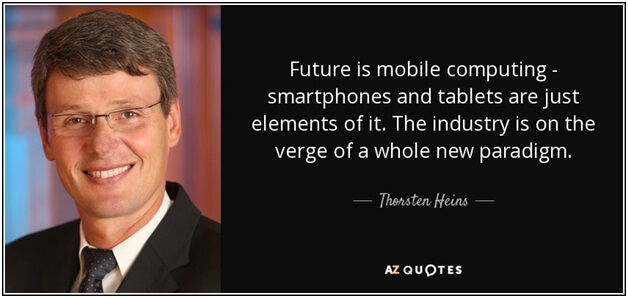
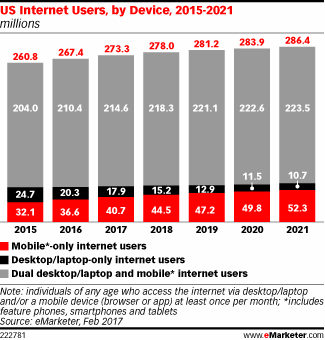
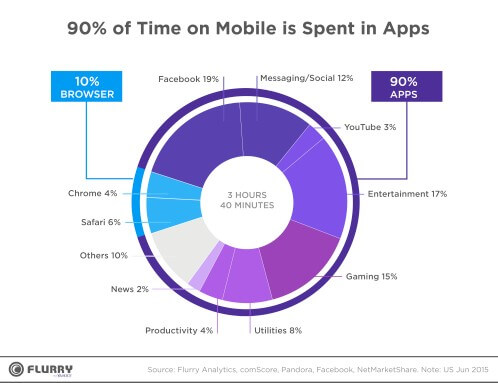

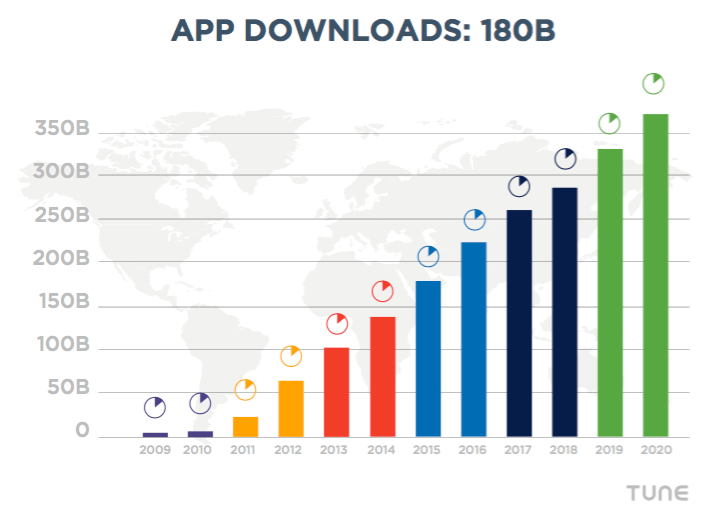
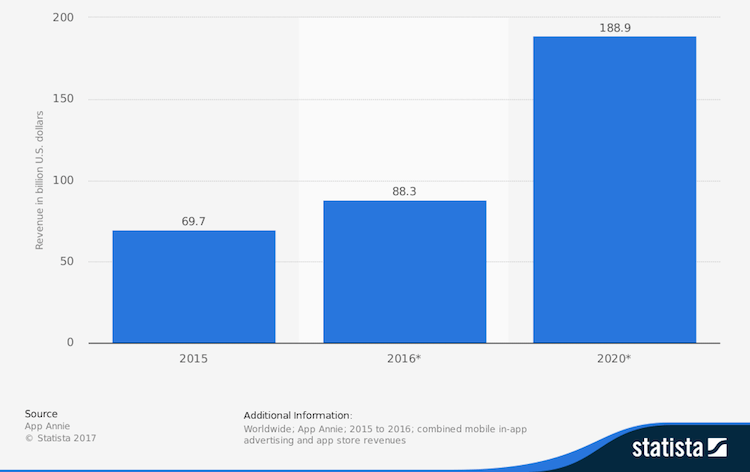
 st step toward implementing a business application.”
st step toward implementing a business application.”